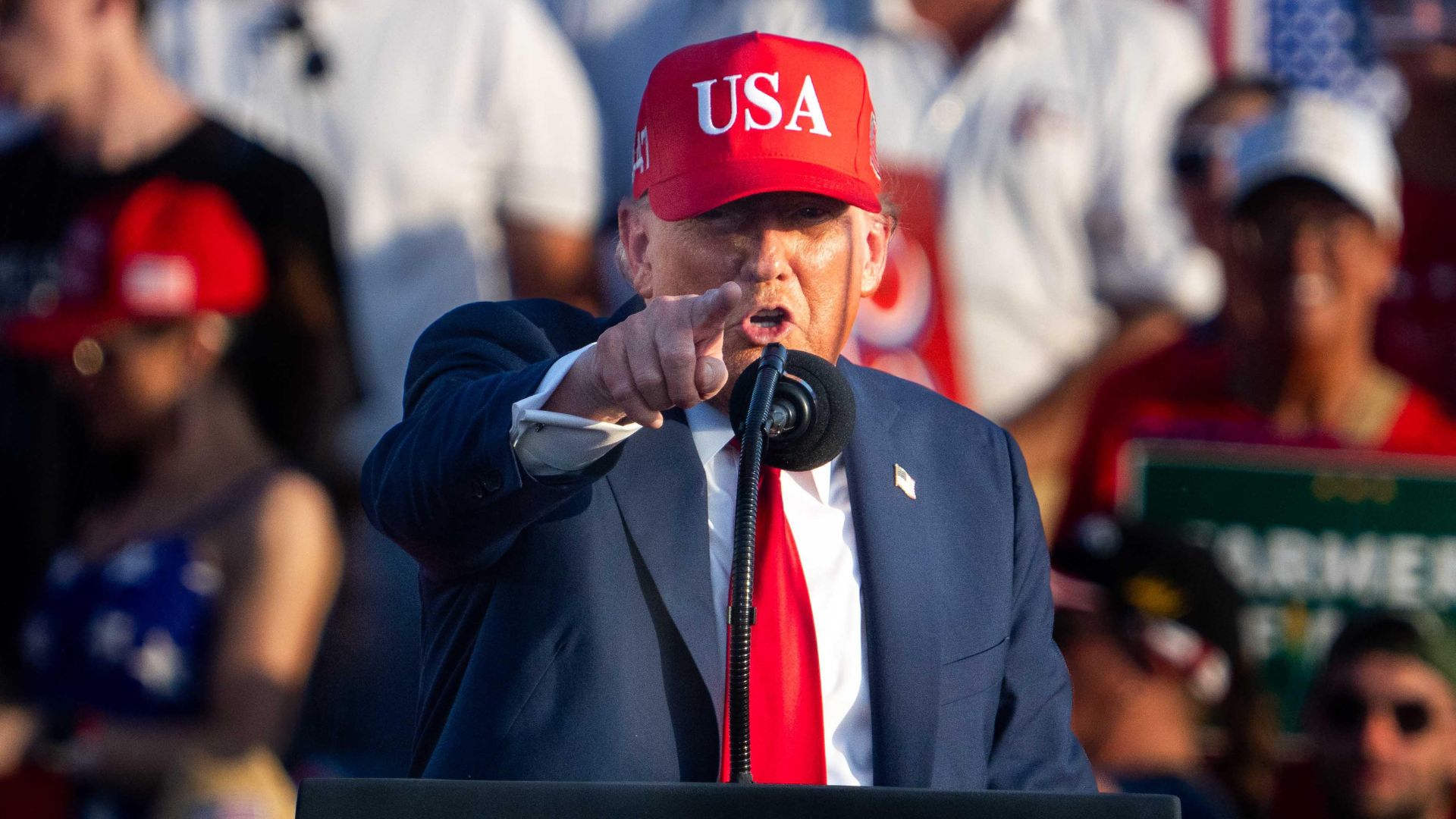
The U.S. government recorded a $27 billion budget surplus in June, according to data released Friday by the Department of the Treasury.
The surplus was largely fueled by record-high tariff receipts, which totaled $27.2 billion for the month — one of the highest monthly figures in more than a decade.
President Trump’s America First Agenda is delivering RESULTS. @USTreasury just posted a major budget surplus thanks to @POTUS.
Fiscal sanity + Fair Trade is a winning formula for America
Another reminder why you should never listen to the Fake News media… pic.twitter.com/6XJB5HaeWG
— Secretary Sean Duffy (@SecDuffy) July 12, 2025
Trump’s Sovereign Wealth Fund: What Could It Mean For Your Money?
The new Treasury data also showed a significant decline in federal spending, which dropped by 27% from May.
Total expenditures in June were $499 billion, down from $686 billion the previous month.
This Could Be the Most Important Video Gun Owners Watch All Year
The combined effect of rising tariff income and reduced spending resulted in a substantial swing from May’s $316 billion budget deficit to a surplus in June.
Customs receipts have climbed steadily in recent months as President Donald Trump’s administration continues to impose higher tariffs on imports from nations that have not entered into new trade agreements with the United States.
According to the Treasury Department, year-over-year tariff collections now stand at $113 billion — an 86% increase compared to the same period last year.
In April, President Trump announced sweeping new trade measures known as the “Liberation Day” tariffs, affecting nearly every trading partner.
Though many of those tariffs were temporarily reduced to a 10% baseline through a 90-day pause, they are set to increase again starting August 1 unless bilateral agreements are reached.
The Trump administration has implemented new duties on products such as steel, aluminum, and automobiles, and is preparing to add copper to the list in the coming weeks.
NEW: Tariff revenues grew to a record $27.2 billion in June — producing a $27 billion federal budget SURPLUS for the month. pic.twitter.com/X2jJzb2GPS
— Rapid Response 47 (@RapidResponse47) July 11, 2025
These measures are part of the administration’s broader strategy to address what it has described as long-standing trade imbalances and exploitative practices by foreign nations.
During a cabinet meeting at the White House on Tuesday, Treasury Secretary Scott Bessent projected that tariff revenue could reach $300 billion by the end of 2025.
“We believe tariff receipts will continue to grow significantly as enforcement expands and more partners come to the table to finalize fair agreements,” Bessent said.
President Trump has consistently advocated for tariffs as a central component of his economic policy, suggesting during the 2024 campaign that tariff revenues could serve as a substitute for the federal income tax.
Administration officials have since reiterated that additional tariff increases are likely for countries that do not finalize trade deals with the U.S. by the August 1 deadline.
So far, the United Kingdom, Vietnam, and China are the only countries that have secured finalized trade agreements with the Trump administration.
Other major trading partners remain at risk of higher duties.
Over the past several weeks, President Trump has sent formal letters to the leaders of multiple nations, notifying them of the tariff rates they could face beginning August 1 if no agreement is reached.
Countries including South Korea and Japan have been informed they may be subject to 50% tariffs, while Canada faces the prospect of a 35% rate.
The administration’s current trade strategy marks a significant shift from previous decades of multilateral trade agreements and lower import duties.
With billions in customs revenue already collected and more increases anticipated, the fiscal and political impacts of the policy continue to unfold ahead of the August deadline.
The opinions expressed by contributors and/or content partners are their own and do not necessarily reflect the views of LifeZette. Contact us for guidelines on submitting your own commentary.




![Coast Guard Rescue Swimmer Credited with Saving 165 People [WATCH]](https://www.right2024.com/wp-content/uploads/2025/07/Coast-Guard-Rescue-Swimmer-Credited-with-Saving-165-People-WATCH-350x250.jpg)









